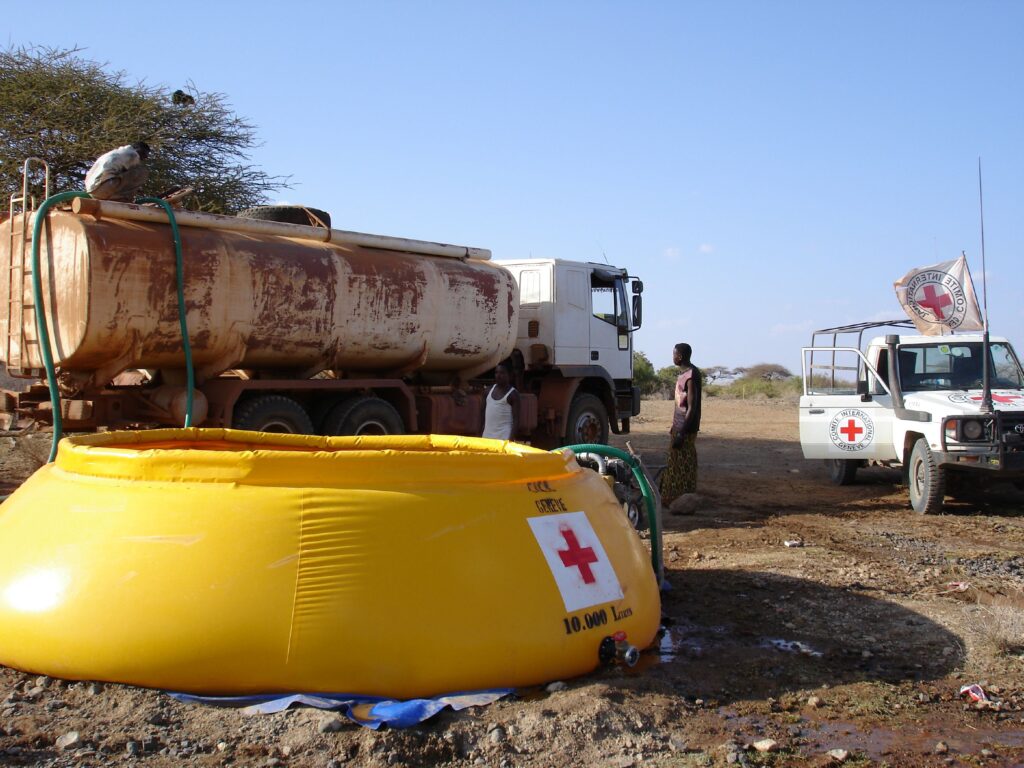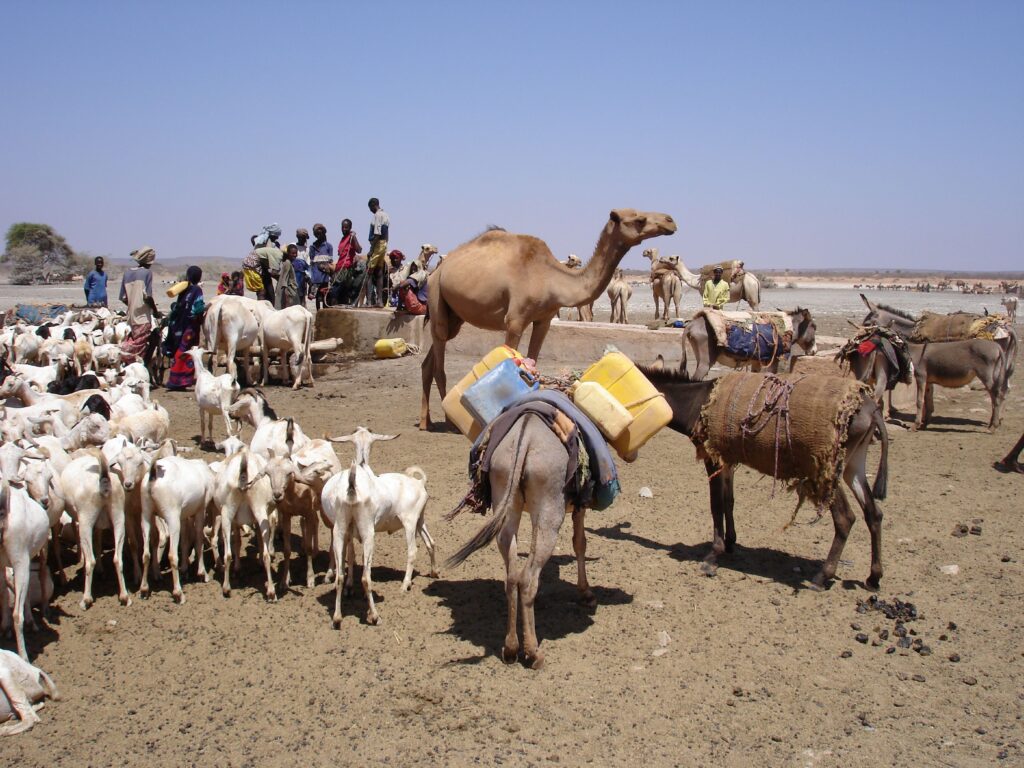Drought
Drought is a long-lasting event triggered by a severe lack of precipitation that results in a water shortage. The far-reaching impacts of drought range from agricultural losses and food insecurity to public health risks, migration, and economic instability. This page covers key information about drought, its impacts, and strategies for preparedness and risk reduction at both personal and government levels.
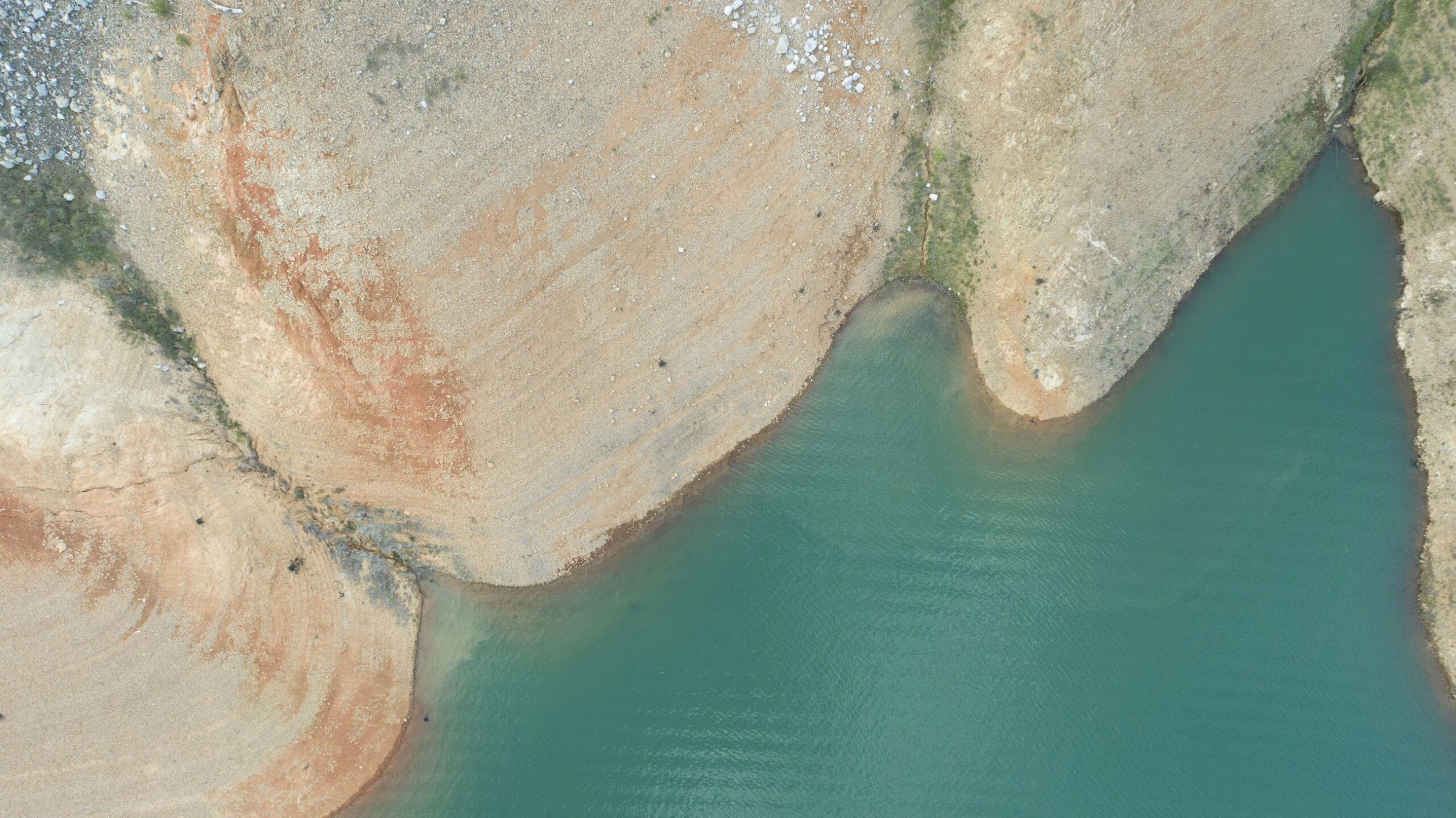
Drought and its types
A drought is a slow-onset natural hazard characterized by a prolonged period of abnormally low precipitation, which results in depleted water sources both on the surface, such as rivers and reservoirs, and underground, like aquifers. While periods of abnormal dryness are a normal, recurrent feature of climate and often predictable, they can also be exacerbated by human activities like land-use degradation, dam construction, and climate change.
A drought is defined as a deficiency of precipitation over an extended period, typically spanning a season or more. However, what constitutes a drought can vary significantly across regions due to differences in precipitation patterns and water usage. For instance, a week without rain might be considered a drought in a tropical climate like Bali, where rainfall is abundant, while the same duration without rain might not raise concerns in an arid region like Libya, where precipitation is minimal.
According to National Oceanic and Atmospheric Administration (NOAA), scientists have defined the following types of droughts to help in their classification and monitoring:
- Meteorological drought: When dry weather patterns dominate an area and is based on the degree of dryness or rainfall deficit and the length of the dry period.
- Hydrological drought: When low water supply becomes evident in the water system is based on the impact of rainfall deficits on the water supply such as stream flow, reservoir and lake levels, and ground water table decline.
- Agricultural drought: When crops become affected by drought, refers to the impacts on agriculture by factors such as rainfall deficits, soil water deficits, reduced ground water, or reservoir levels needed for irrigation.
- Socioeconomic drought: Considers the impact of drought conditions (meteorological, agricultural, or hydrological drought) on supply and demand of some economic goods such as fruits, vegetables, grains and meat.
- Ecological drought: When natural ecosystems are affected by drought, driven beyond their capacity to adapt, ecosystems may cross critical thresholds, resulting in temporary or permanent alteration in their composition, structure, and/or functioning at local or landscape scales.
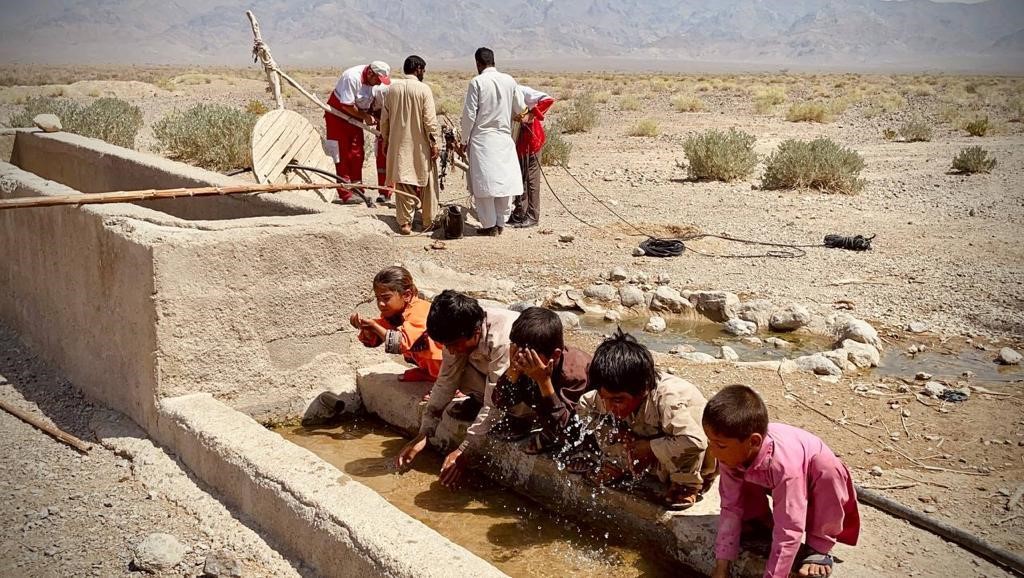
Impacts of Drought
Droughts can have devastating and far-reaching consequences, leading to a cascade of environmental, social, and economic impacts:
- Social impacts: Droughts can have severe social consequences, including public health issues, conflicts over limited resources, and forced migration from drought-stricken areas. Droughts can also lead to famine, malnutrition, and other health problems due to water scarcity and crop failures.
- Economic impacts: Agricultural and livestock sectors often bear the brunt of droughts, suffering substantial losses in crop yields, livestock health, and land productivity, resulting in significant economic costs. The 1988 U.S. drought, for instance, caused over $40 billion in damages and affected 7.8 million people. Droughts can also disrupt water supplies for industries, hydroelectric power generation, and tourism, compounding economic hardships.
- Environmental impacts: Droughts can inflict severe damage on ecosystems and habitats, leading to biodiversity loss, soil erosion, and an increased risk of wildfires. They can also disrupt the natural cycles of carbon, nutrients, and water in ecological systems.
Drought can significantly increase the risk of flash flooding. Rain after a drought may seem beneficial, but sudden heavy rainfall following a prolonged dry period can result in hazardous flash flooding incidents. The dry, hardened soil created by drought acts similarly to concrete, repelling water rather than absorbing it. This can lead to rapid runoff and flash flooding, even with relatively modest rainfall amounts.
Preparedness & Risk Reduction Efforts
Individual and Family Preparedness
The better each household can plan ahead, reduce its risks, develop response skills and store response provisions, the greater its resilience to drought impacts will be. Refer to the Public Awareness and Public Education safety messages to learn how individuals and families can protect themselves, reduce their risks and contribute to the rapid recovery of their community.
Assess and plan
- Learn about monthly, seasonal and long-term weather outlooks and what they may mean in your area.
- Understand the optimal weather conditions for different agricultural practices and water requirements, and compare with current practices.
- Find out about communication channels for early warning about drought in your community
- Participate in community risk mapping, capacity mapping and drought monitoring.
- Work with local authorities to develop a drought mitigation plan.
- Work with local water suppliers to develop a water conservation plan
- Plan for an initial basic ration of food equivalent to about 2,100 calories per person per day. The food ration should be as simple as possible, to include:
-
- a basic staple such as rice, corn, wheat flour or corn–soy blend)
- a concentrated source of energy (oil or another fat)
- a concentrated source of protein, such as beans, peas, lentils.*
- Learn about the most vulnerable people in the community, including who and where they are and how you can help them.
- Work with local authorities wherever possible to plan for and reduce the impacts of water shortages.
- Identify water resources and learn how to conserve and extend them.
- Plan your own land use with water conservation in mind.
Stay in contact with your primary health care providers and learn about:
• how to keep water clean or purify it
• good sanitation and hygiene practices
• available immunization programs
• the air-, water- or vector-borne risks you may face
• what kinds of information requires communicating.
- Buy crop insurance.
- Plant backyard gardens.
- Set up seed banks.
Mitigate risks: physical or environmental
- Protect water catchment areas from evaporation and contamination (for example by using pesticides), and minimize waste.
- Protect water catchment areas from deforestation.
- Re-forest water catchment areas.
- Plant trees – especially species that need little water – and mulch around them.
- Use mulching and other crop covers to capture or retain water and reduce evaporation.
- Recycle irrigation water.
- Avoid waste of irrigation water due to poor-quality irrigation canals.
- Identify and cultivate early maturing, drought-tolerant crops.
- Reduce run-off and improve rainwater infiltration by planting barriers such as vetiver, lemongrass or agave.
- Implement crop diversification and inter-cropping to improve yields by having plants complement and support each other.
- Avoid slash and burn agriculture.
- Practice conservation agriculture. This involves:
• ensuring minimum mechanical soil disturbance (‘no-till’ techniques) to maintain minerals, stop erosion and prevent water loss
• managing topsoil to create permanent organic soil cover, allowing for growth of organisms
• practicing crop rotation with more than two species. - Increase soil fertility and water retention by using animal compost and plant manures to add nutrients and organic matter to soil.
- Replace sprinkler systems with drip irrigation, applied close to plant roots to prevent waste.
- Use a soil moisture indicator to see when watering is needed. Water the garden or ground cover early in the day, and not on windy days.
- Lay green driveways and water-permeable asphalt rather than concrete.
- Inspect pipes and outdoor taps for leaks, and repair them.
- Store water at the household level.
- Cover wells to reduce evaporation.
- Harvest rainwater in aboveground or belowground tanks. (Note: the water may need purification treatment before it is safe to drink.)
- Use alternatives to water (for example, sand for washing).
- Avoid over-grazing and manage the stocking rate.
- Recycle household grey water for toilet, and for irrigation and home gardens. Recycle fish tank water for plants.
- Reduce water consumption by landscaping with low-water plants and rock gardens. In rainy conditions, turn off automatic sprinklers.
- Conserve water outdoors by cleaning pathways with a broom (not water), washing cars with a bucket, and covering pools to reduce evaporation.
- Insulate hot water pipes.
- Where livestock use the same source as people, explore alternative methods of water usage.
- Inspect pipes, taps and toilets for leaks, and repair them.
- Conserve running water at home. For example:
• turn off taps when brushing teeth or shaving
• take shorter showers
• install aerating taps and low-flow showerheads
• clean vegetables in a basin rather than under running water
• clean greasy hands with waterless hand cleaner
• install composting toilets or low-volume toilets, or place a brick or sealed bag of water into toilet cistern to reduce flush water
• wash dishes using two basins rather than doing it under running water
• in washing machines, match the load setting to amount of laundry, or wash full loads only.
- Close windows and doors to keep heat outside.
- Create natural ventilation flows inside the house.
- Drink plenty of water.
- Limit use of fire stoves and cookers.
Prepare to respond: develop skills and store provisions
- Consider which of the following three levels of food security or insecurity you may face:
• self-sufficient
• food insecure
• food and livelihoods insecure.
- Preserve and store dry food, tinned food and grains that last 3–12 months.
- Store dried yeast, sugar, jams, chutneys, sauces, tealeaves, peanut butter and biscuits.
- Store products to produce fresh food at home, such as, yoghurt (milk powder, water and yoghurt culture), herbs, germinated seeds (bean sprouts, onion seeds).
- In average conditions, an adult should drink about 2 liters of water per day, although this amount may increase or decrease under different conditions.
- Plan for a basic food ration equivalent to about 2,100 calories per person per day. This should be as simple as possible, to include:
• a basic staple such as rice, corn, wheat flour or corn–soy blend)
• a concentrated source of energy (oil or another fat)
• a concentrated source of protein, such as legumes, beans, peas, lentils.* - Learn about the most vulnerable people in the community, including who and where they are and how you can help them.
- Expand diets by cultivating foods in backyard gardens and foraging.
- Manage pastures or rangelands to protect livestock.
- Decide the optimal number of animals that the household can maintain.
- Plan de-stocking of animals before the crisis affects them seriously.
- Use fodder to sustain the most important animals: mothers and kids, and other productive asset animals
- Keep part of the income from the de-stocking for re-stocking after the drought crises.
- Use veterinary services to ensure the health of your livestock.
Community Preparedness
Proactively planning for drought periods is crucial for communities and regions to build resilience and mitigate potential impacts. The Drought-Ready Communities guide provides a comprehensive framework to initiate and execute an effective drought preparedness plan:
Forming a leadership team, recognizing the community benefits of drought planning, initiating a drought contact list, and collecting perceptions about drought within the community.
Compiling essential data to inform decision-making. It entails documenting details about water sources and users, investigating past drought occurrences and their impacts, and identifying factors that could either mitigate or exacerbate local drought effects.
Setting up a monitoring system to assess its current drought status. Key steps involve selecting relevant drought indicators for real-time monitoring, appointing individuals to monitor drought conditions regularly, outlining the impacts to be monitored, and crafting a "Drought Monitoring Report" for regular dissemination to interested parties.
Creating a public awareness and education campaign includes devising a strategy, assembling educational materials, and establishing an implementation schedule.
The community devises a roster of strategies and actions to be executed before and during a drought to mitigate adverse impacts. Additionally, specific thresholds are identified to aid in determining when to implement predetermined actions during a drought.
National Government Preparedness
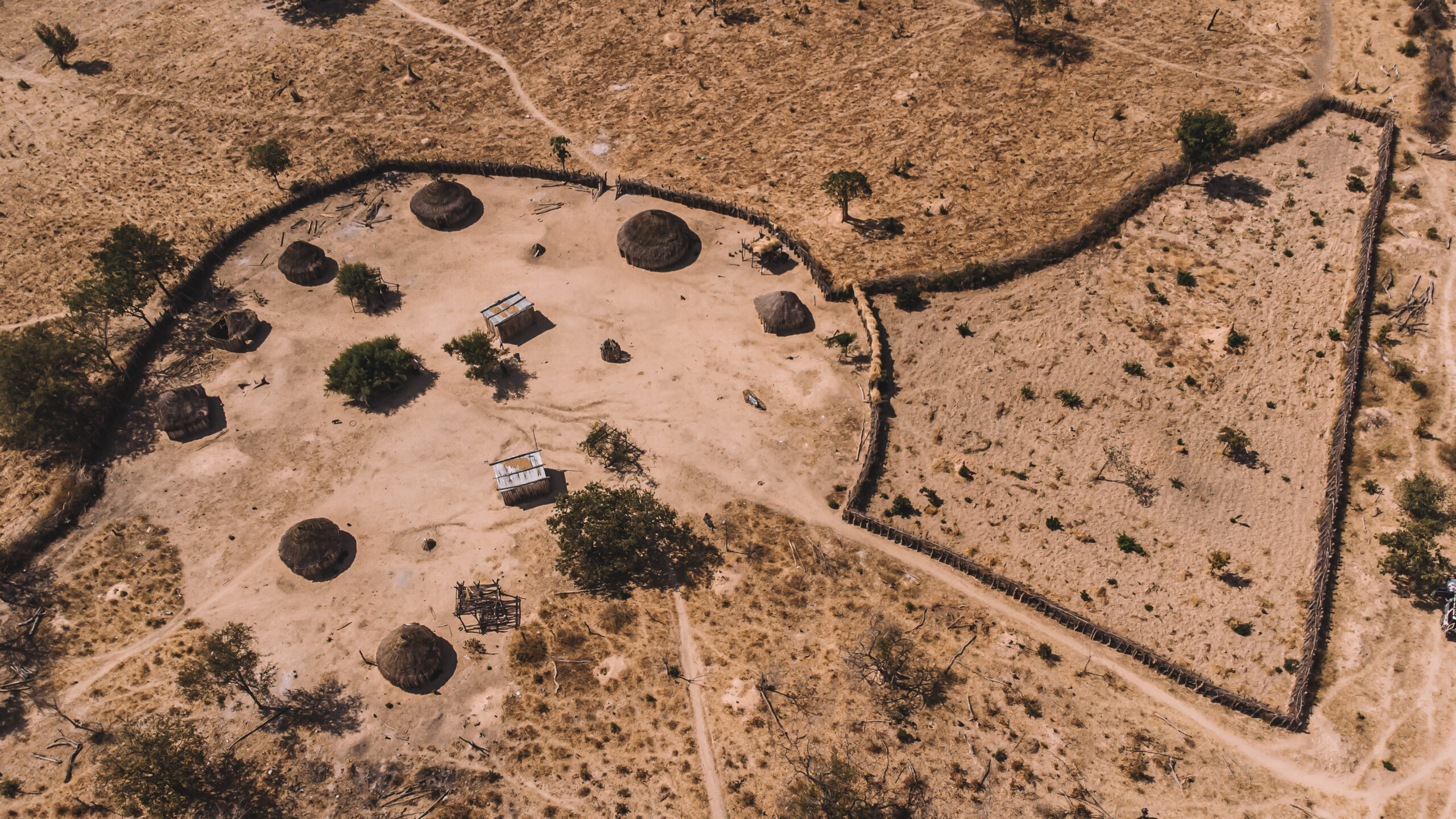
Developing national drought policies and preparedness plans is crucial for mitigating drought's complex impacts on society. These policies should prioritize risk management through improved forecasting, early warning systems, preparedness plans, mitigation actions, and equitable relief efforts, aligning with sustainable development goals.
The National Drought Management Policy Guidelines outlines the process for national governments for developing a National Drought Management Policy, which have helped 30 countries create their own plans.
By emphasizing risk management over crisis management, nations can adopt proactive approaches to identify vulnerabilities, implement mitigation measures, and reduce societal risks associated with drought. Through ongoing refinement and adaptation, national drought policies can serve as critical instruments for enhancing resilience and minimizing drought impacts across various sectors.

